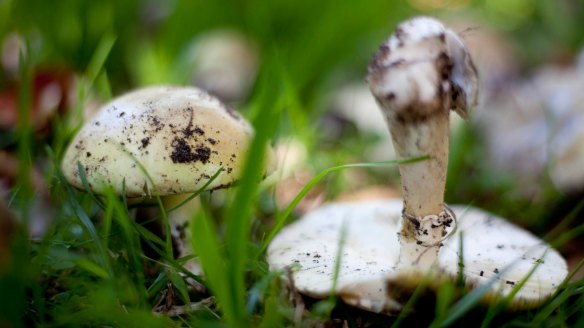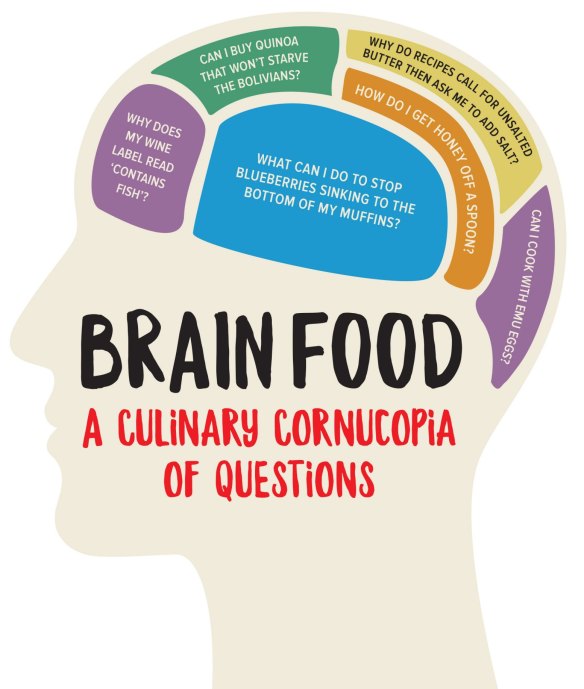The pros and cons of foraging for nuts and mushrooms

Can I eat the macadamia nuts that fall under the macadamia trees in our local gardens? T. McKeller
Yes and no. Yes, they are edible but no, because they probably belong to the local council. Yes, they could possibly be delicious but no, if you don't properly harvest and process them they will break your teeth open. Macadamias were harvested by Indigenous women, who collected them in their dillybags. Delicious and highly nutritious, macadamias have the ability to keep well and were traded along the east coast of Australia and often served at ceremonial gatherings. It took until 1858 for the first white fella to try these wonderful nuts and by the 1860s an Indigenous bloke called King Jacky from the Logan River Tribe was bringing them into Brisbane to sell.
Make sure the macadamias in your local gardens are freshly fallen – rake them up once a week. Remove the outer husk, dry them in a cool shaded place with good airflow on wire trays for two weeks. Crack the kernel to reveal the nut. Now preheat the oven to 200C. Spread about 250g of the raw nuts on a baking tray. Place in the middle of the oven for eight minutes or until light golden shaking the tray ever few minutes. Remove from the oven and toss through fine salt. You could add some spice mix but lightly salted, freshly roasted macadamias are things of true beauty and deliciousness.

There are some mushrooms growing under old oak trees in our street. I am in two minds about picking them. P. Ho
If you want to risk losing your life and all the members of your family you serve them to, go ahead. Try them. They are quite possibly death caps (Amanita phalloides). There is enough poison in one to kill an adult. The tricky thing is that they look almost identical to the edible mushrooms that people forage for in Asia. Death caps are an introduced species, are more abundant after the autumn rains at this time of the year, and often grow in a symbiotic relationship with oak trees.
They are most common in the cooler areas of the southern states and the ACT. I am a keen forager and have been picking mushrooms since I was a knee-high to a grasshopper – but I was trained by older people who had years of experience without dying from toadstools.
If you want to learn to forage, hook up with some of the regular mushroom tours taken by people who know what they are doing. That said, I am getting soft in my old age and reckon you should leave fungus for the beasts who rely on them for food. There is an amazing woman called Alison Pouliot, an ecologist and environmental photographer, who is leading look-but-don't-touch fungus tours throughout the forests of Southern Australia this winter. Find her tours at alisonpouliot.com.
Letters
Last week we asked you to send in your favourite quince recipes. G. Groxson likes to roast pork belly on a bed of potatoes for one hour at 180C, then add two peeled and quartered quinces, two sliced onions, sage and rosemary, 100ml of cider and salt and pepper and cook the dish for a further hour or until the pork skin is crisp, the flesh tender and the quinces rosy pink and soft.
Send your vexing culinary conundrums to brainfood@richardcornish.com.au or tweet to @Realbrainfood.
Brain Food by Richard Cornish is out now from MUP (RRP $19.99, eBook $11.99).
Appears in these collections
- More:
- Food
- Brain food
